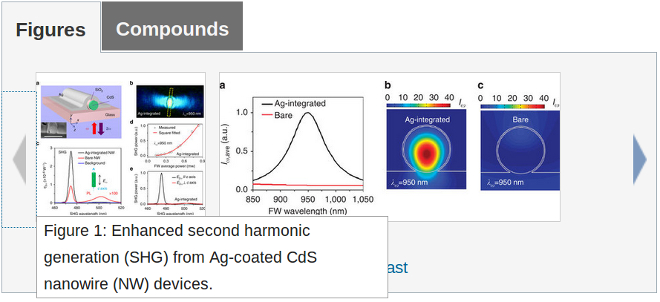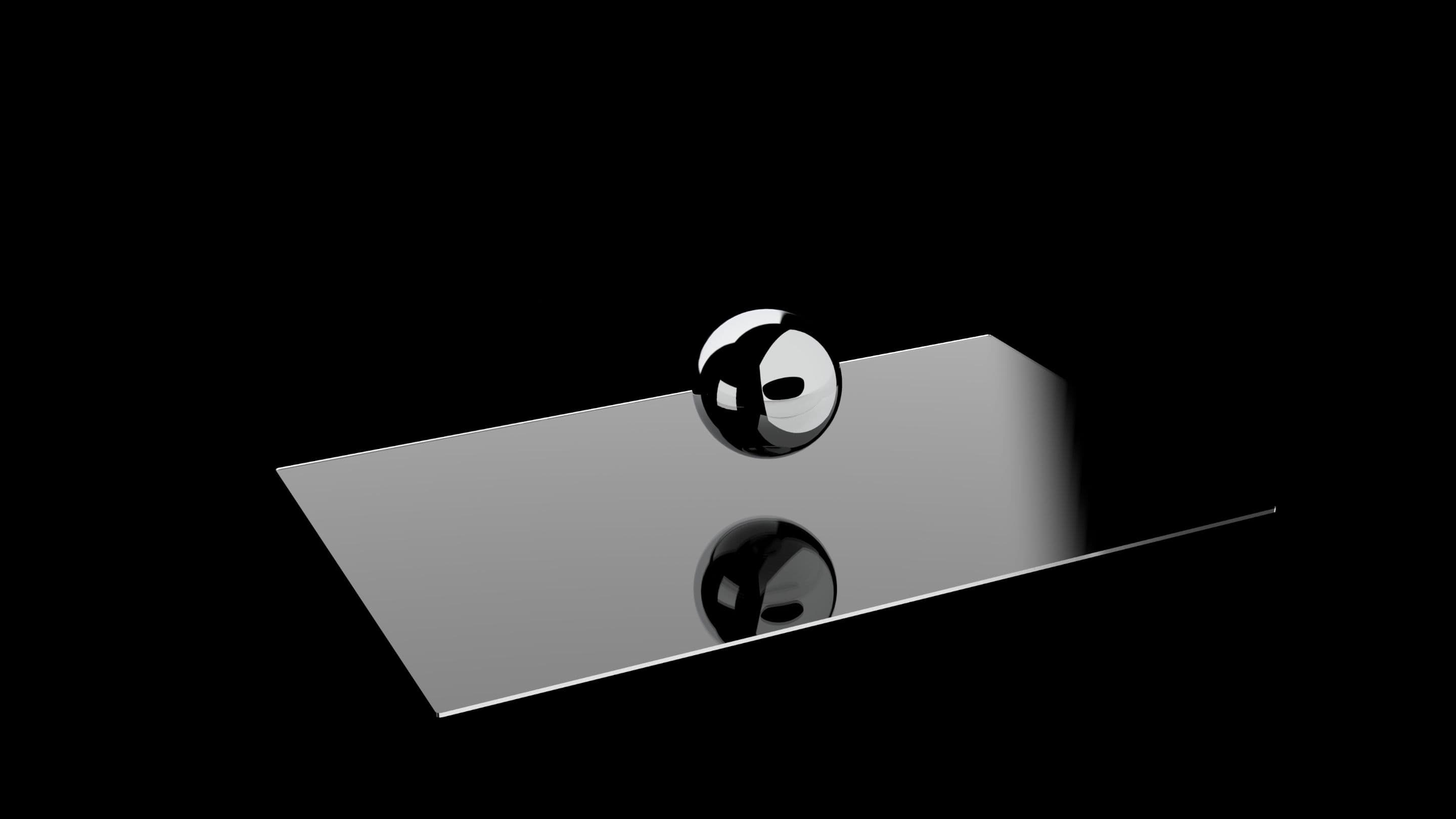The recently published issue of "Nature Communications" Magazine No. 5 contains an article from the University of Pennsylvania entitled "Enhanced second-harmonic generation from metal-integrated semiconductor nanowires via highly confined whispering gallery modes". The article is about how university scientists have placed cadmium sulfide (CdS) nanowires in silver nanocavities to produce nanoscopic linear optical devices of the "second-harmonic-generation".
The silver nanocavities mentioned above are expected to increase the efficiency of the nonlinear process (frequency doubling from 950 nm - 475 nm) by more than a factor of 1000.
Computer components are not yet small enough and consume too much power
The decisive factor for the scientific study is the fact that nowadays computer components have to become smaller and faster with lower power consumption. This pushes many electrons embedded in a material to their limits.

Looking for a replacement for electronic systems
Photonic systems may eventually replace electronic systems. Currently, however, the basic calculation to combine two inputs with a single output when done with light still takes up too much space and energy.
The study was conducted in a laboratory by Professor Ritesh Agarwal and post-doctoral researcher Ming-Liang Ren, along with other members of the research team. A nanowire system was developed, which should pave the way for the possibility of generating a combination of two light waves with a different frequency and a third with an optical cavity in order to amplify the intensity of the output signal to a usable level.
The full (in our opinion, interesting) report can be read in the November issue of the magazine. Further information is also available in the university's press release on the study.

